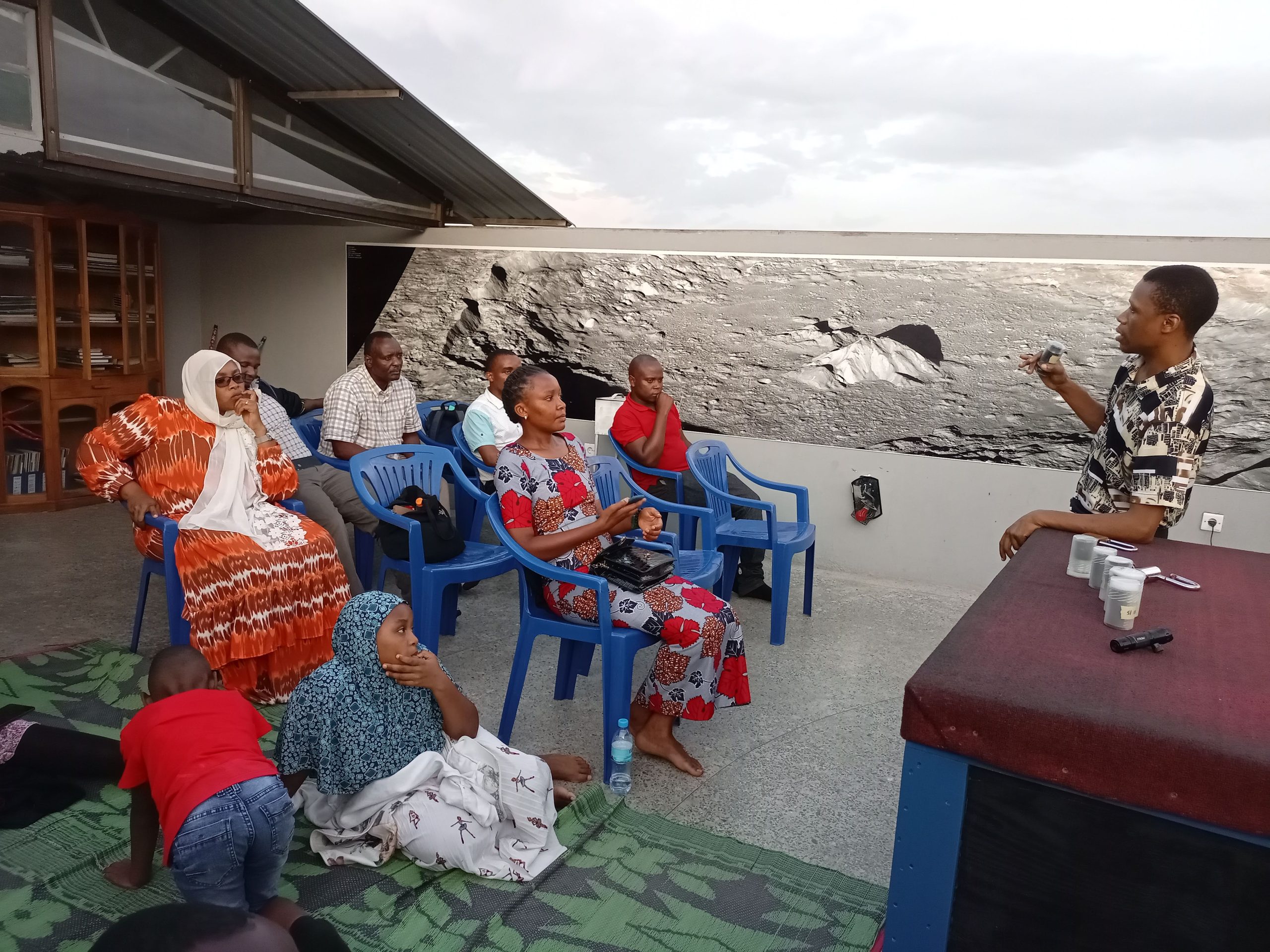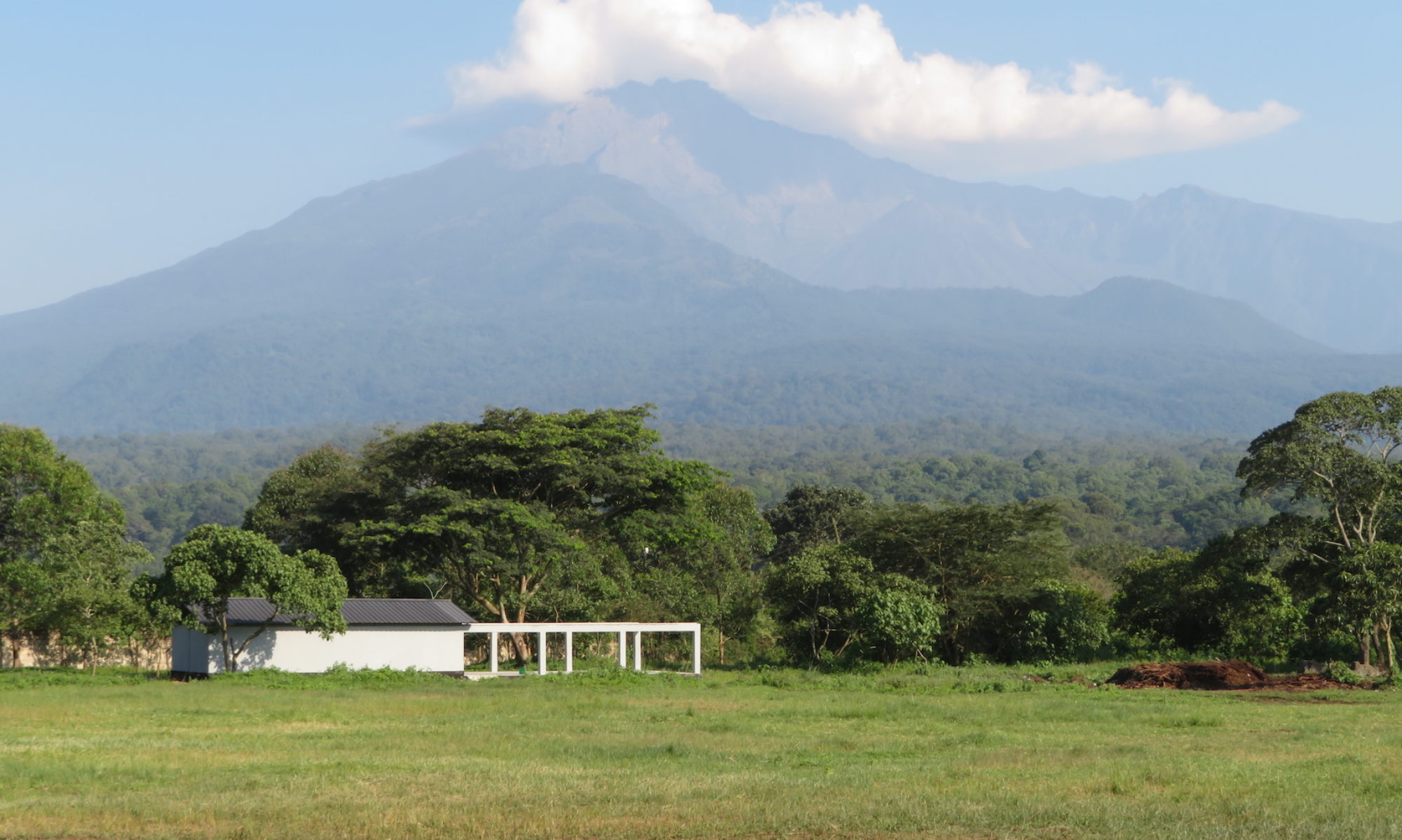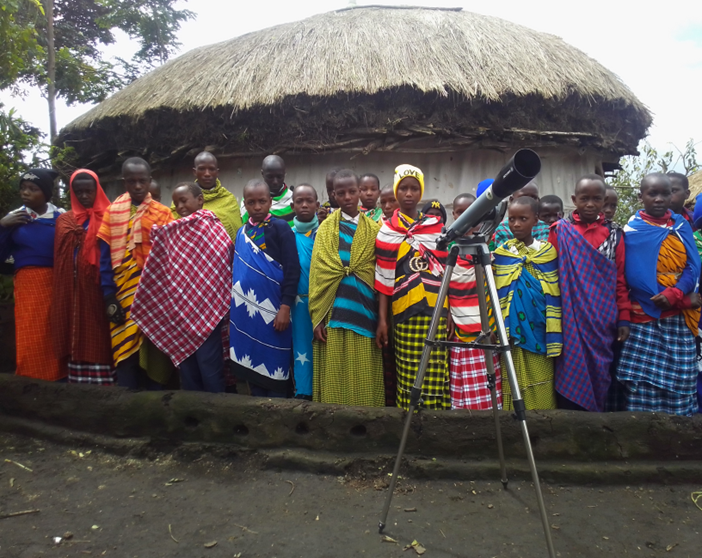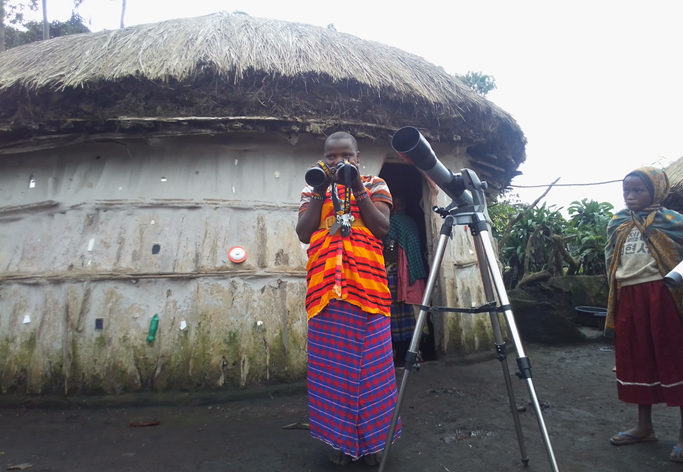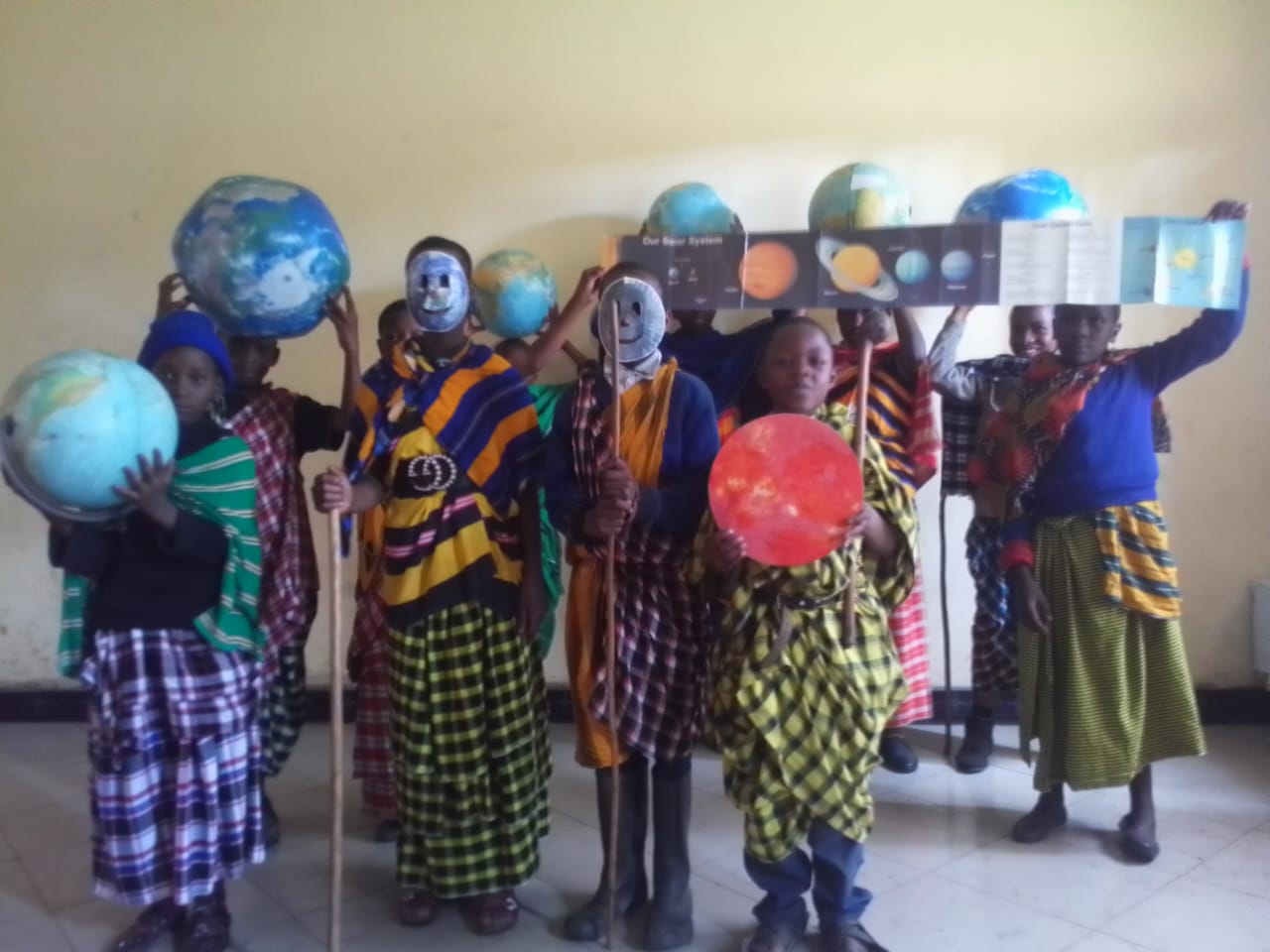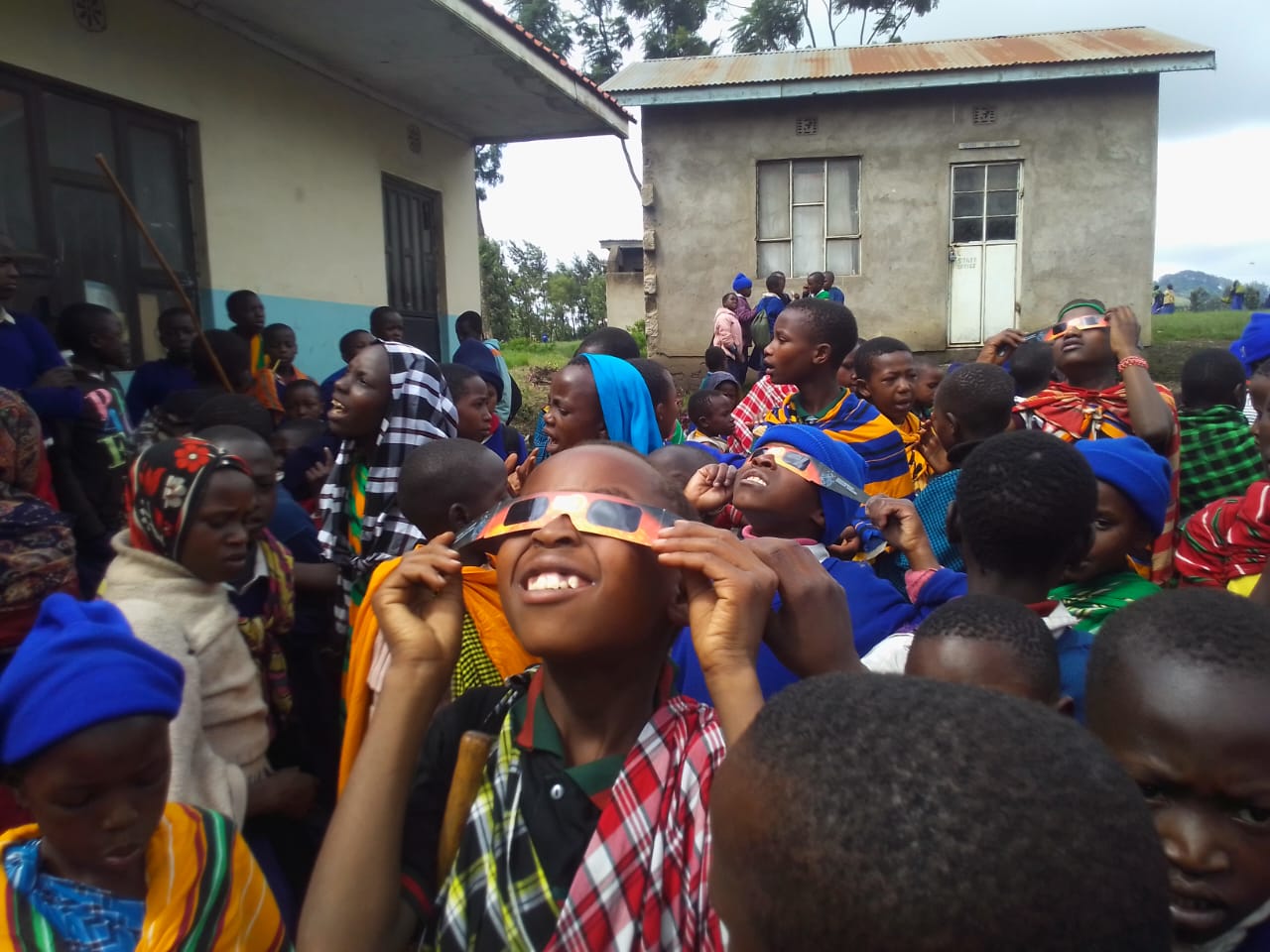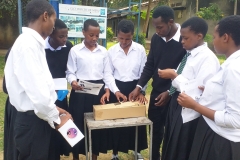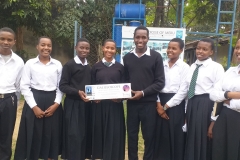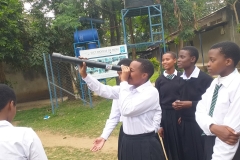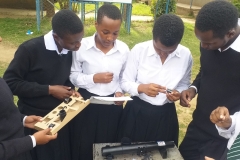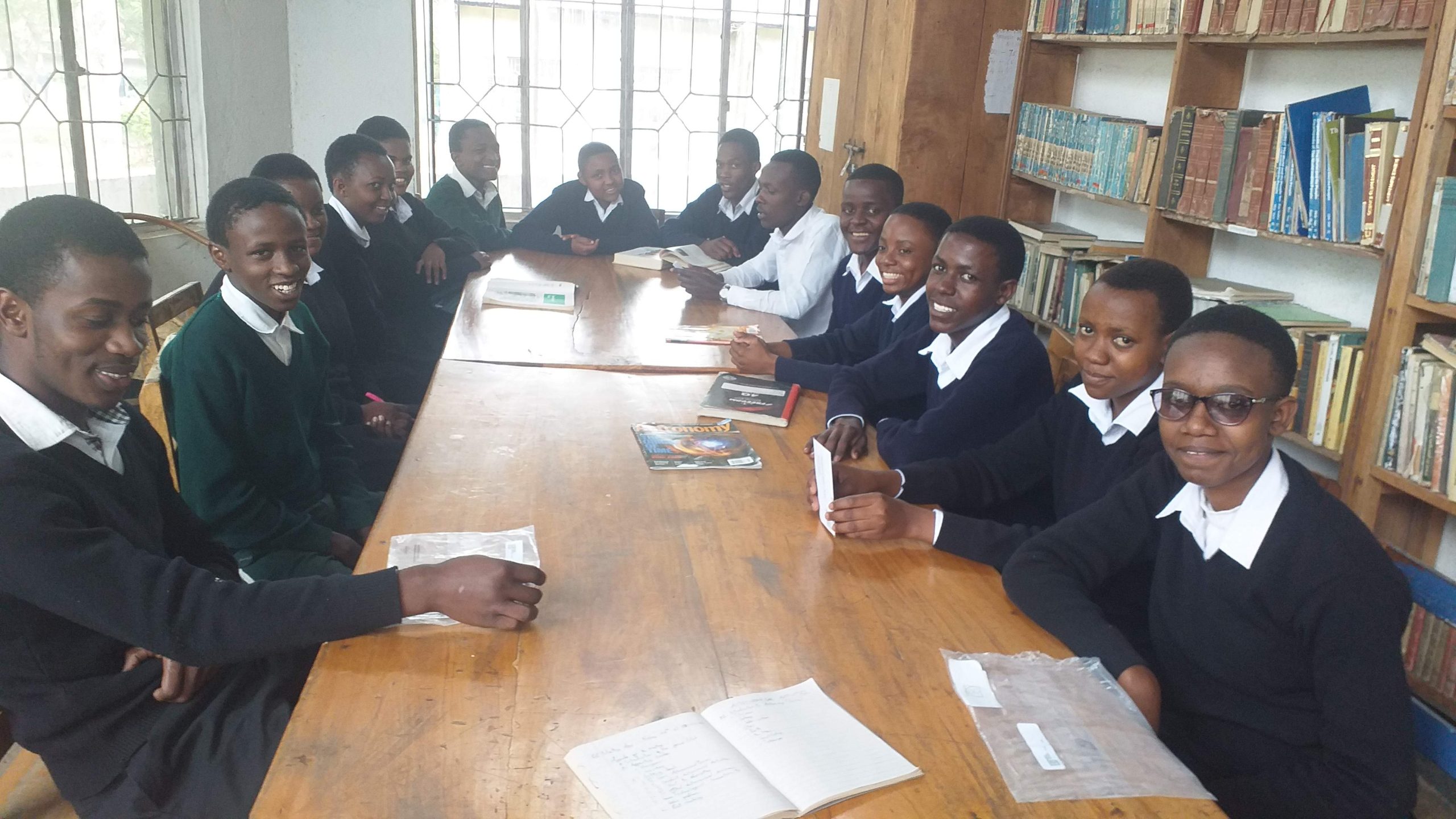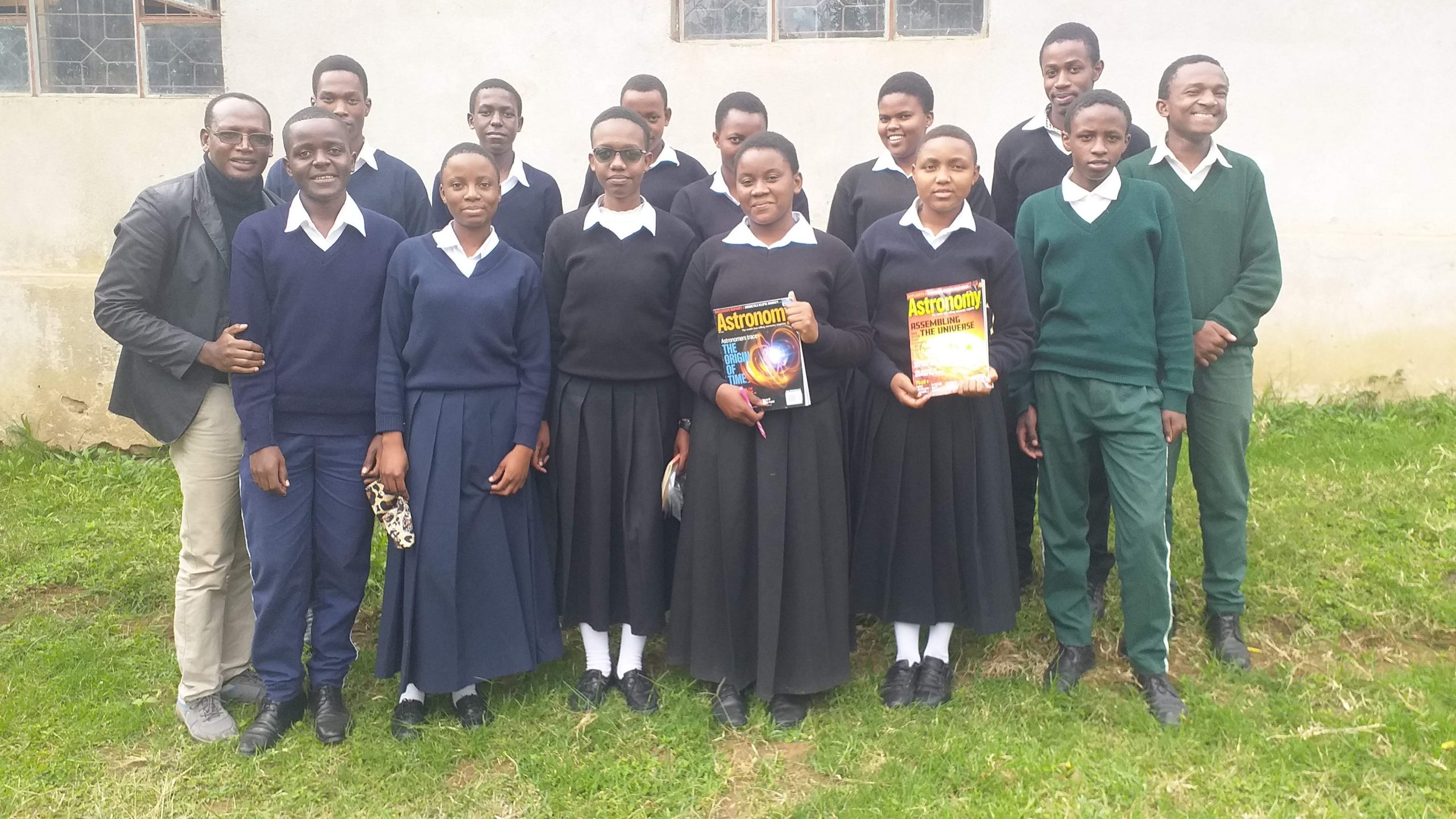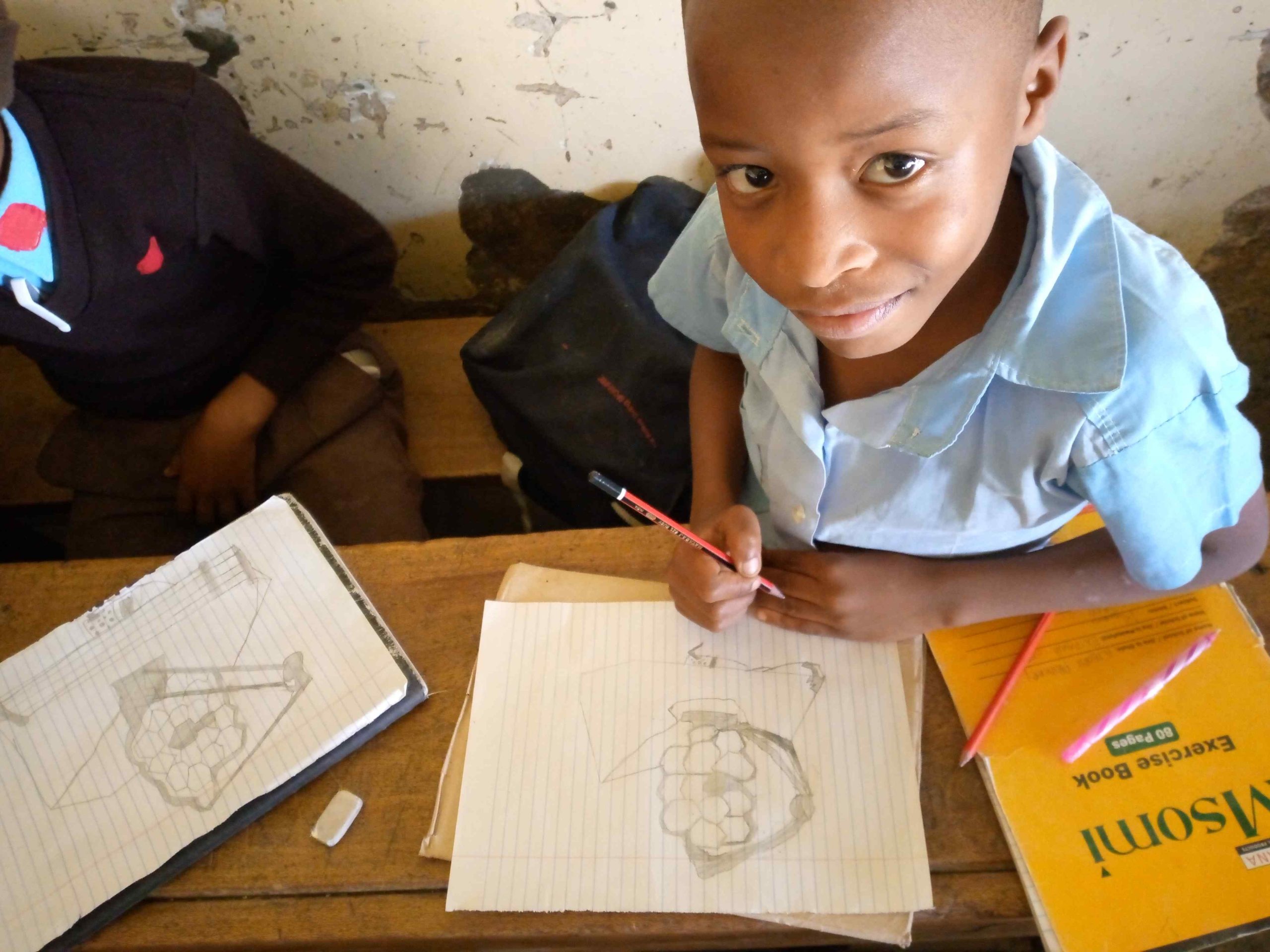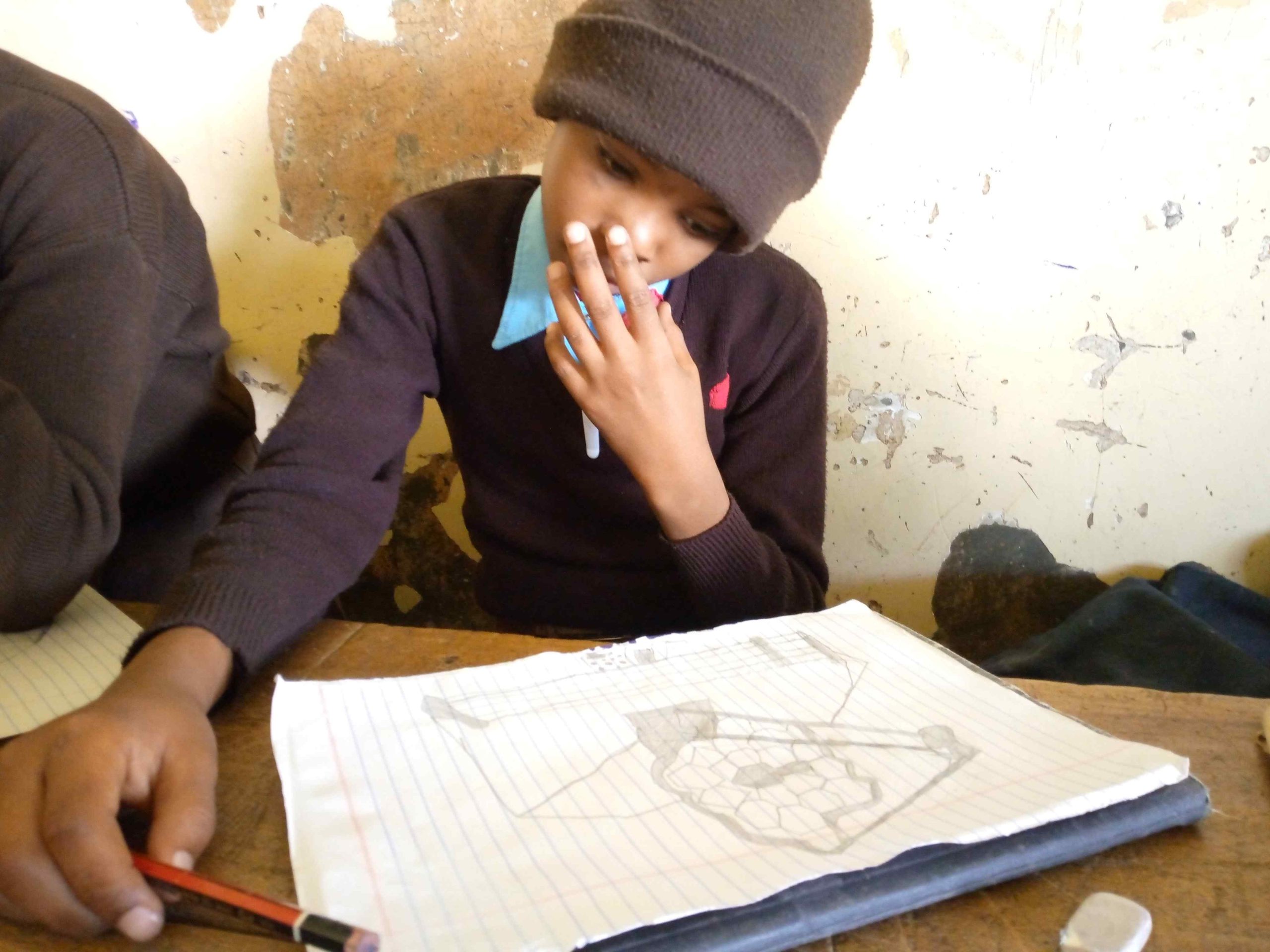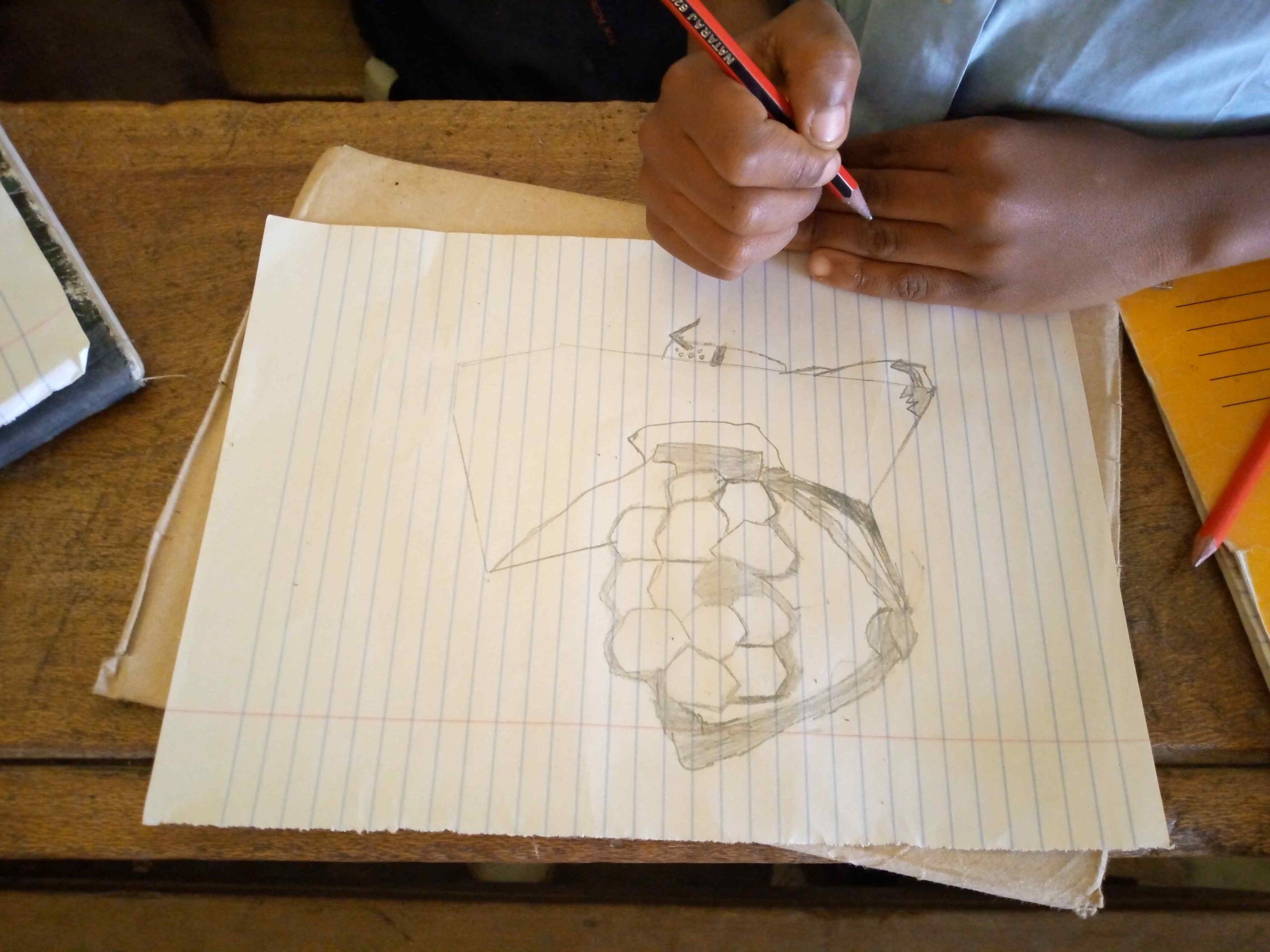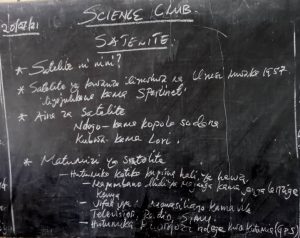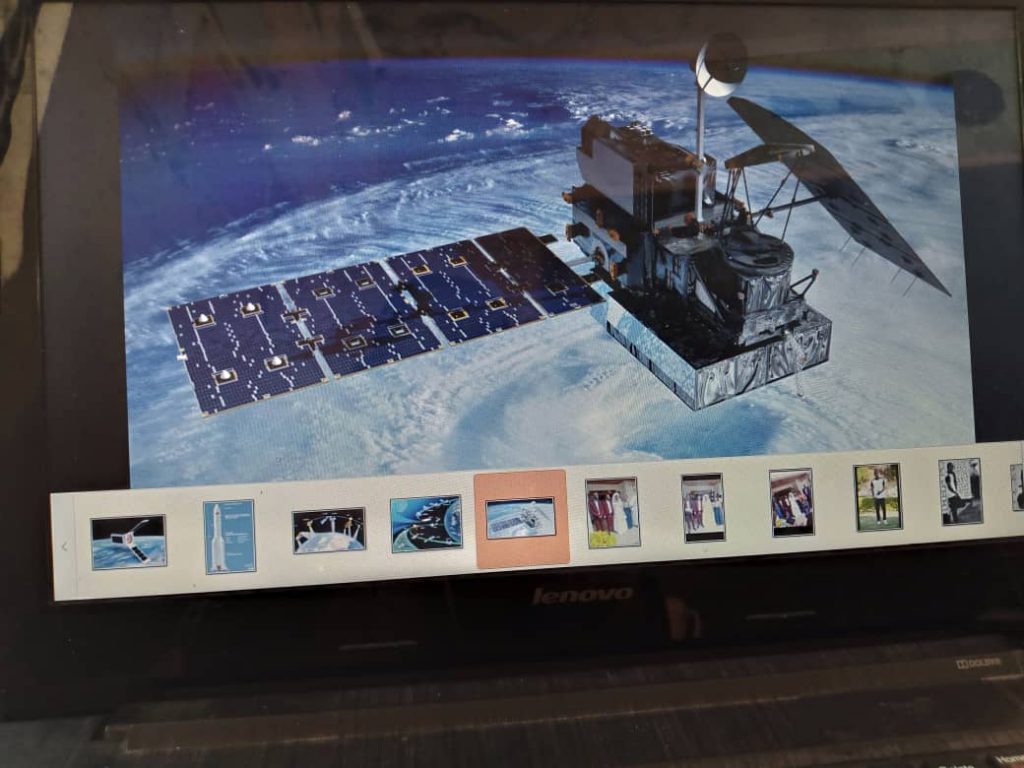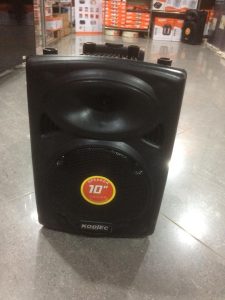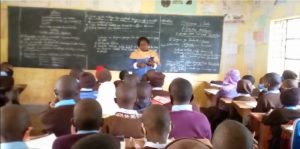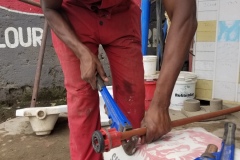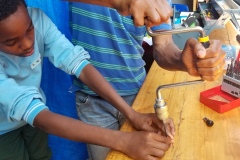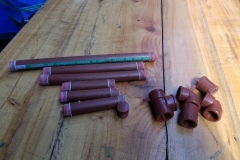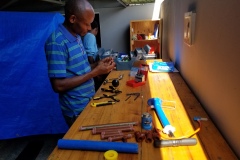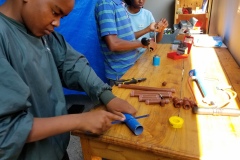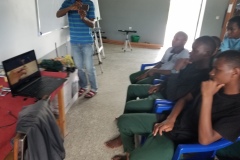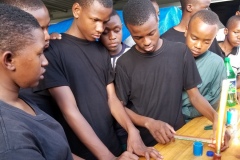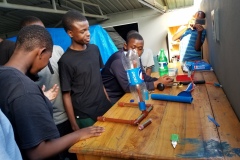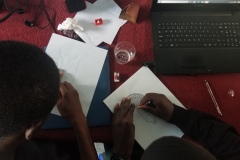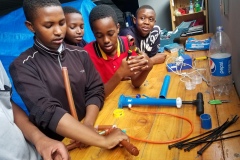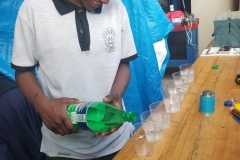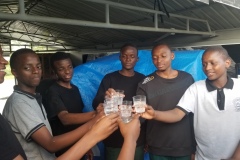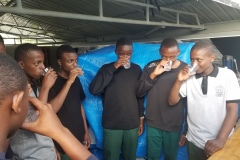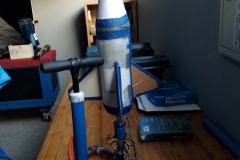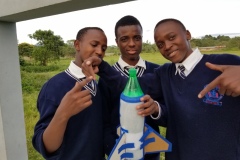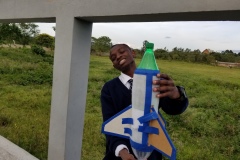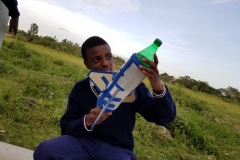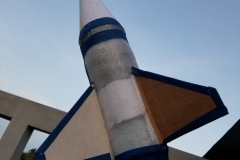Between 9th and 11th February 2023 at the foot of Mt. Meru in northeastern Tanzania a total of sixteen teachers participated in three days of training on an integrated approach to astronomy education in Tanzania.
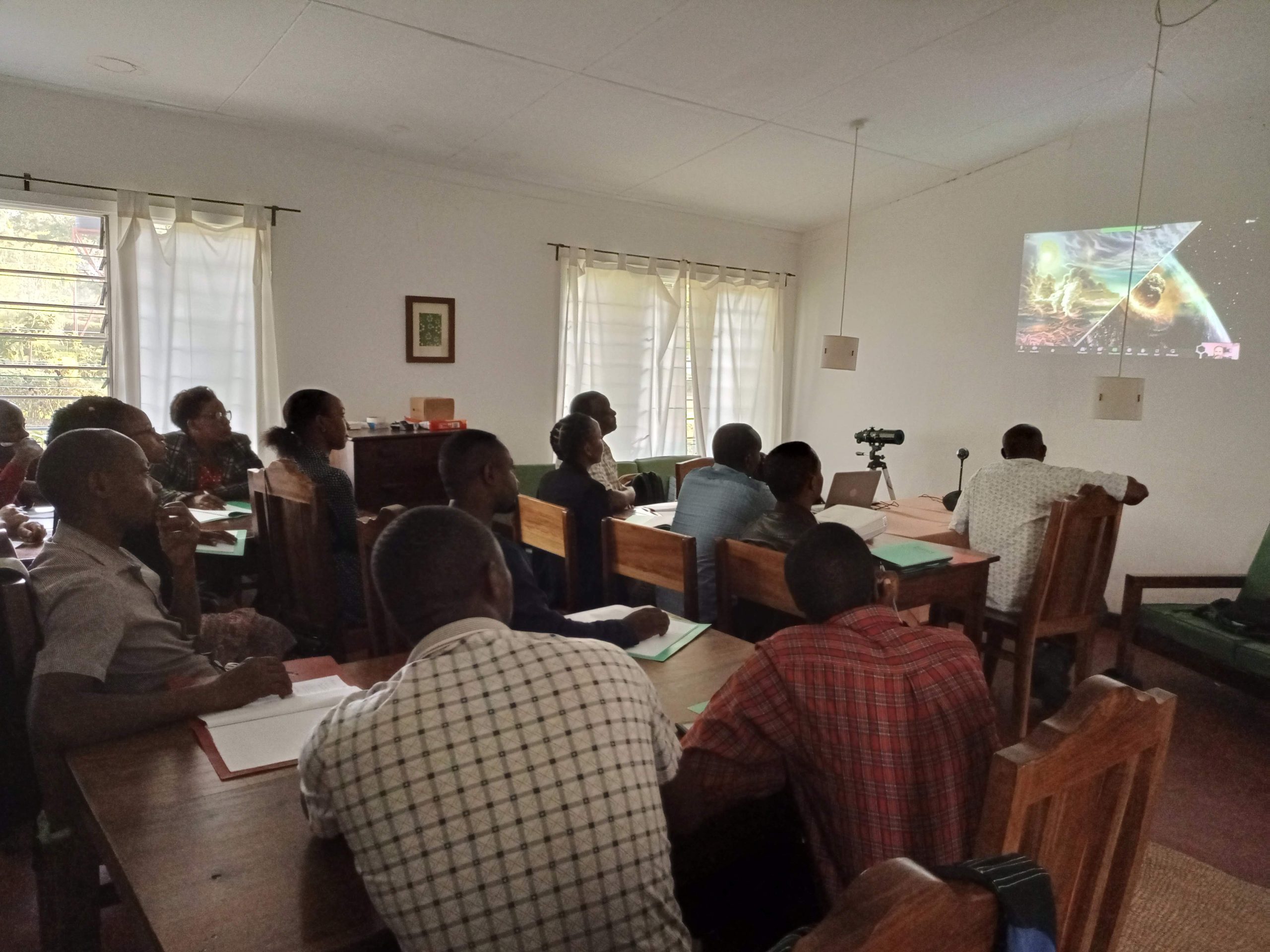 A range of topics including the importance of astronomy in our daily lives, a tour of our local neighbourhood including our place in the universe, the difference between astronomy and astrology covering both faith-related and scientific aspects of astronomy, understanding the working principles of optical telescopes and other types of telescopes, an insight into what is life on planet Earth and beyond, what is composed in our solar system, the potential of harbouring life in the moons of Jupiter, how to make use of the internet in searching and composition of our solar system, the search for exoplanets and
A range of topics including the importance of astronomy in our daily lives, a tour of our local neighbourhood including our place in the universe, the difference between astronomy and astrology covering both faith-related and scientific aspects of astronomy, understanding the working principles of optical telescopes and other types of telescopes, an insight into what is life on planet Earth and beyond, what is composed in our solar system, the potential of harbouring life in the moons of Jupiter, how to make use of the internet in searching and composition of our solar system, the search for exoplanets and
how all these contribute to science learning and understanding by both teachers and students were covered.
This wasn’t ordinary training as previously attended by most of the participating teachers. It benefited from the use of technology by bringing in facilitators from different parts of the world including South Africa, the United States, Tanzania and Kenya. The conference employed video conferencing to engage both facilitators and participants in a quality distance learning experience. To some of the participants mainly participating teachers, this was their first experience with distance learning with international facilitators.
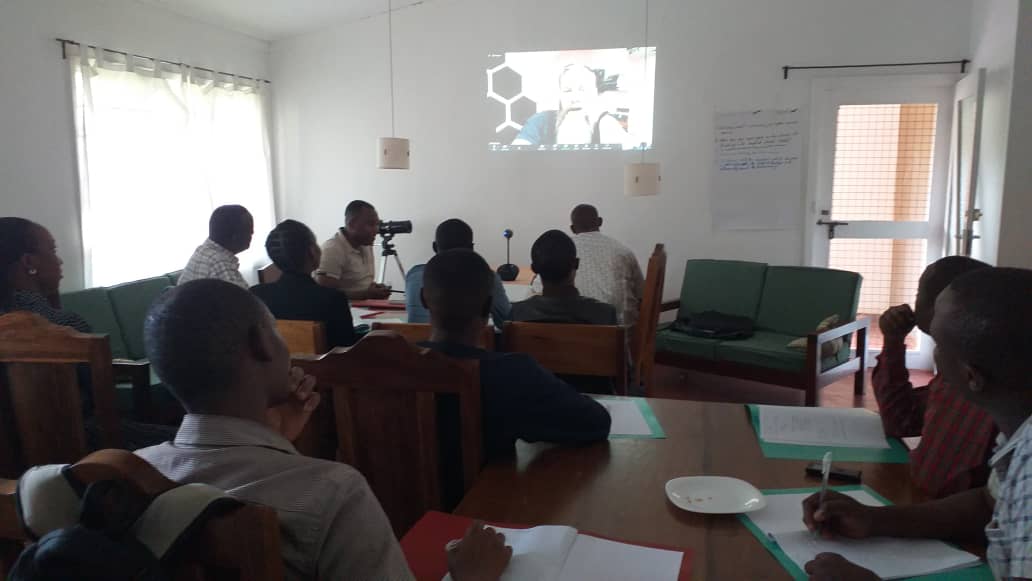
Some sessions had to start earlier than usual in the morning to accommodate speakers and co-organizer residing in different time zones, especially those in the US to not stay up all night. This by itself was a unique experience for participating teachers who have never interacted with colleagues from other time zones apart from theirs at the same time.
Interactive Q&A and discussion sessions with trainers from different parts of the world brought a new way of learning. Teachers were able to understand that it is OKAY not to know everything and it is OKAY to say that I don’t know and let’s find out the answer together. Teachers and participants also understood that it is okay to ask a colleague or even students to help explain and understand some of the things that they are not sure of.
The participating teachers learnt these and much more just by looking at how the workshop facilitators from different parts of the world were working together in responding to some of their questions, but also admitting to not knowing where they are not sure.
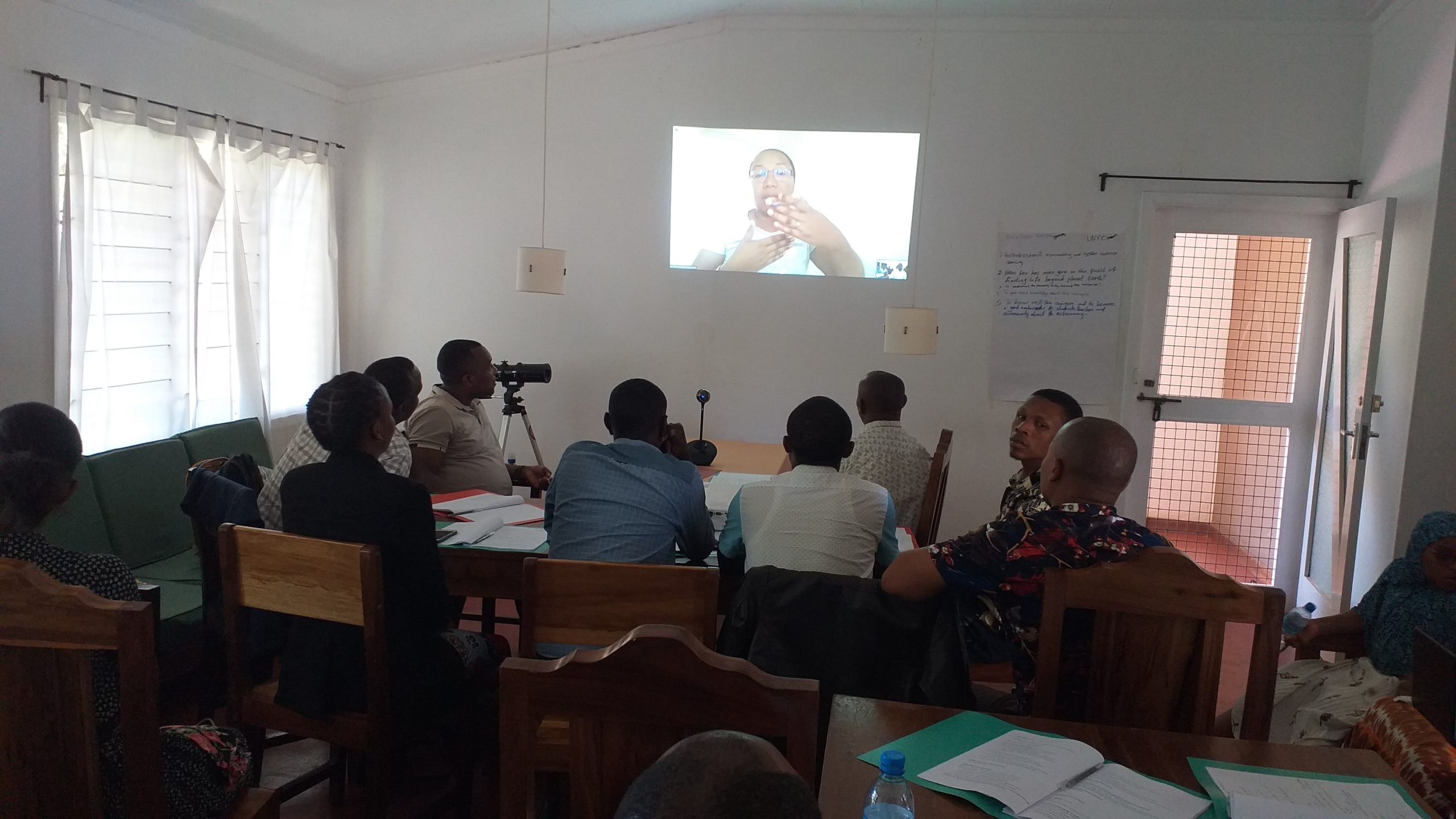
The teachers and participants also understood that not every question can be answered with a RIGHT or WRONG or YES or NO, but could be explained to comprehend understanding and learning. Pushing out of our comfort zone was also understood to be okay by questioning everything, even the things that we feel to understand better and take them for granted like our SUN being a start, what is LIFE and that Earth is a small point in the Universe. Understanding and responding to these questions made participants think that maybe we are not all alone in the Universe.
It is at this point, participants found that these lessons were mind-blowing and made them have more and more questions with discussions cutting across one scientific discipline to the other. It is at this point that their thirst for knowledge and to know more couldn’t be quenched in just three days of training. It is also at this point that the participating teachers were introduced to the world of the internet, where they could source information and help them quench their thirst.
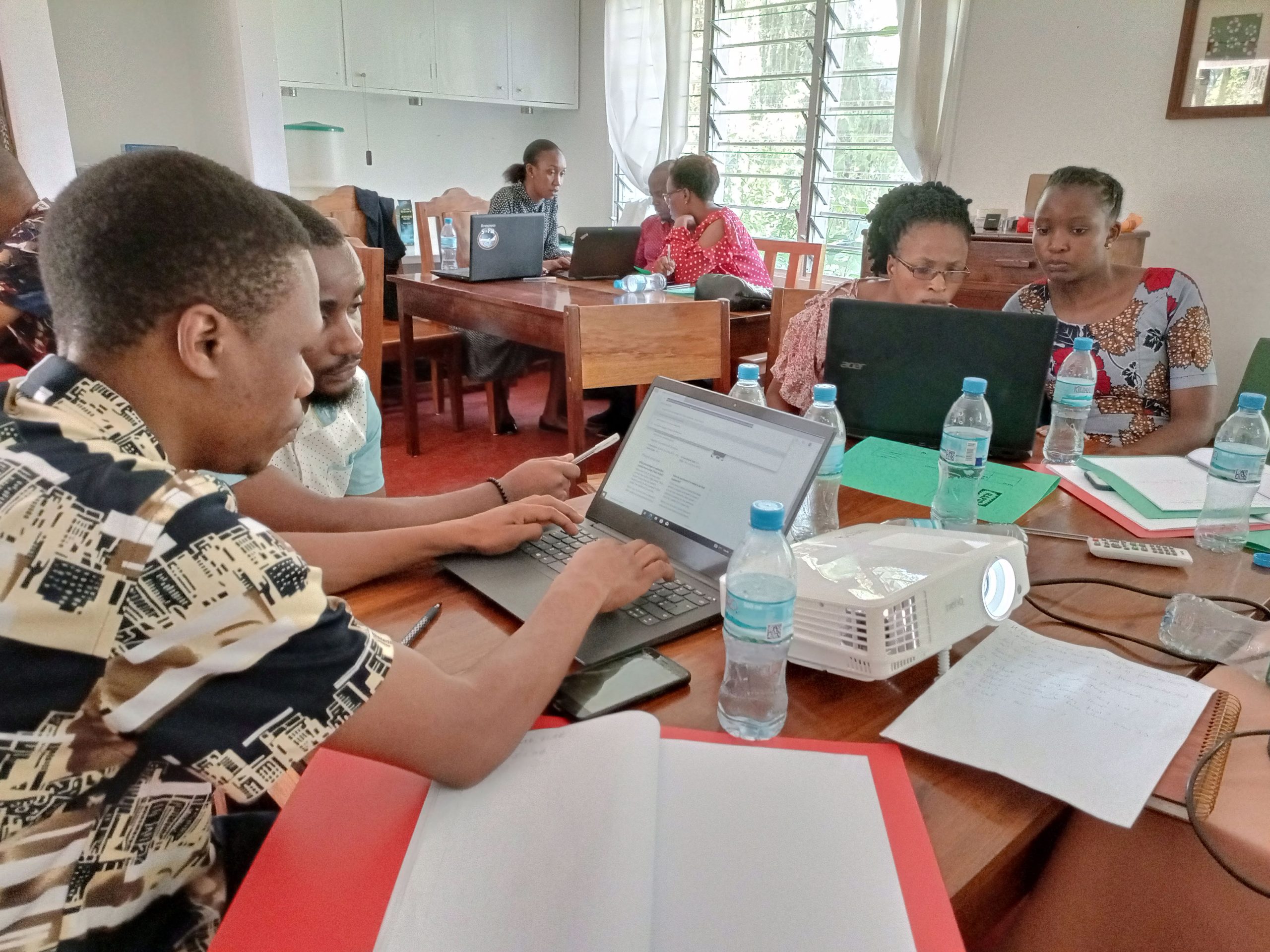
Knowing that the internet could also be a source of wrong information, participants were also trained on how to identify credible sources of information, how and why it is important to reference source of information and use it in teaching, what and how to use a search engine, how to make use keywords in searching for information and how to identify credible information from the internet and make an informed decision on what to use for teaching. To some of us these could look normal and practice, but for teachers who seldom use computers let alone the internet this was a much-needed lesson in starting to use the internet to learn more about science, astronomy and many other interesting things that they can use in their classrooms.
Of course, this training wasn’t all about sitting, participants participated in hands-on activities that helped them to engage more sensors including touching and feeling. To some participants, this was the first time they touched a prism and use it to split the white light to see a rainbow, the first time that they used a glass jar and beaker to see the refraction of light through bending illusion, first time to use the lenses to burn dry leave, first time to use a concave mirror to start a fire, first time to use a magnet and pull iron filling from sand, first time to burn chemical elements in the chemistry laboratory and understand that they burn in different colours and the list goes on…
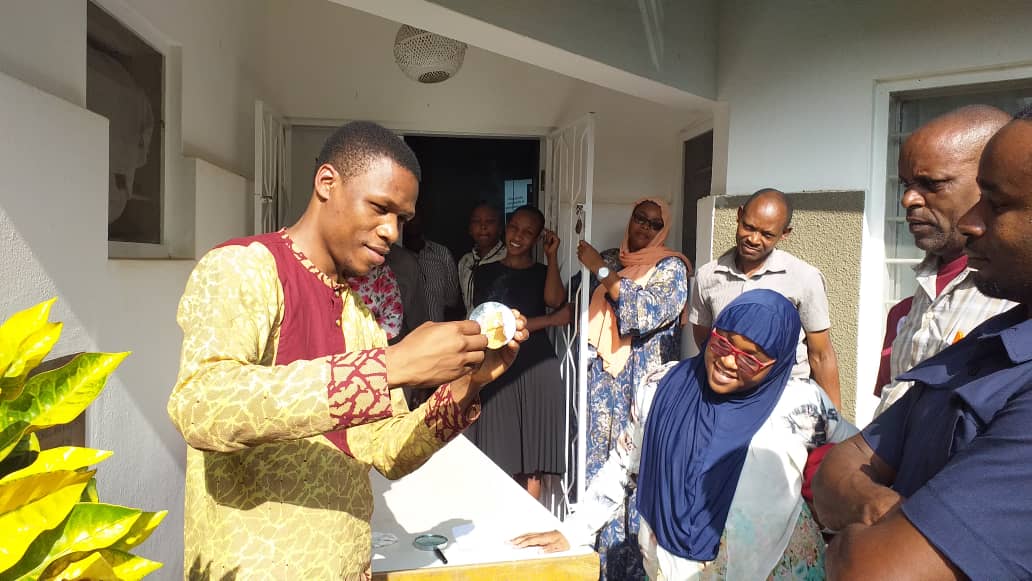
Though it is located in the same region and at the foot of the most noticeable Mount in the region, most participants never had a visit to the Mount Meru Astronomical Observatory. Being there for the first time at dusk was the most outstanding and memorable experience that will stay in the minds of most teachers. To most, this was the first time that they visited an observatory and the first time that they saw a big telescope let alone that it is in Tanzania and perhaps the only one among the East Africa Community countries.
There was a lot of AHA! moments being the first time most realized that there are planets and stars in the starry night that we take for granted. Realizing that stars are twinkling and planets are not, seeing satellites passing for the
the first time, looking at constellations for the first time, identifying the different types of stars and also determining their ages based on the colours of their shining lights.

There were also many more questions including why no white light at the observatory at night, why we take off our shoes before we enter, and why we have red lights at the observatory. It was so many questions that one led another without end. This was fascinating, not just to participants but also to the trainers and observatory attendants who were taking part.
Knowing that it isn’t easy for everyone to pay a visit to the observatory at night with students, participants were also introduced to the mobile planetarium that can to schools and has more students taking part. In The planetarium shows took the participants even further beyond their current on the night sky in understanding and seeing nebula, supernova explosions, space telescopes, black holes and processes for the birth and death of the stars and starry night observation using Stellarium software. Stories of Greek mythology based on their observations of the night skies were also told by nine years old child, Aryaq Mponda Malozo who is fascinated by the starry night sky and mythologies.
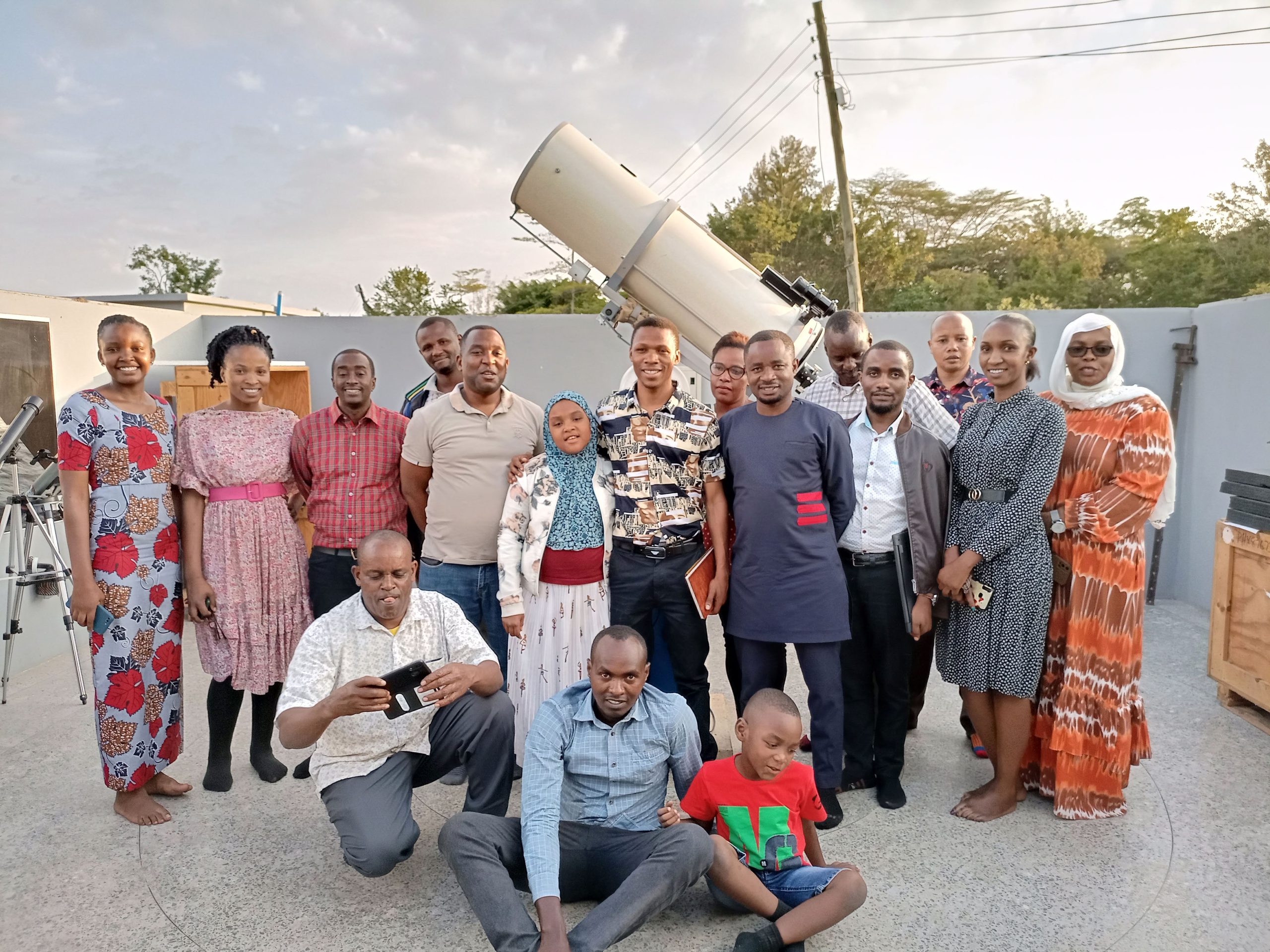
The organizing team appreciates the OAD financial support that was key to the success of the training and will forever be indebted to Kai Staats, Mike Simons, Graham Lau, Zara Randriamanakoto, Susan Murabana, Musa Mishamo, Elineema Nassari, Hamuli Majeshi, Thomas Mbise, Aminiel Mungure and all participants their active involvement that made the event a success.
Following this successful experience and feedback from the participants, the Mount Meru Astronomical Observatory is looking forward to replicating and repeating this training with interested stakeholders and teachers within and outside Tanzania. Please use our contact page to stay in touch.
